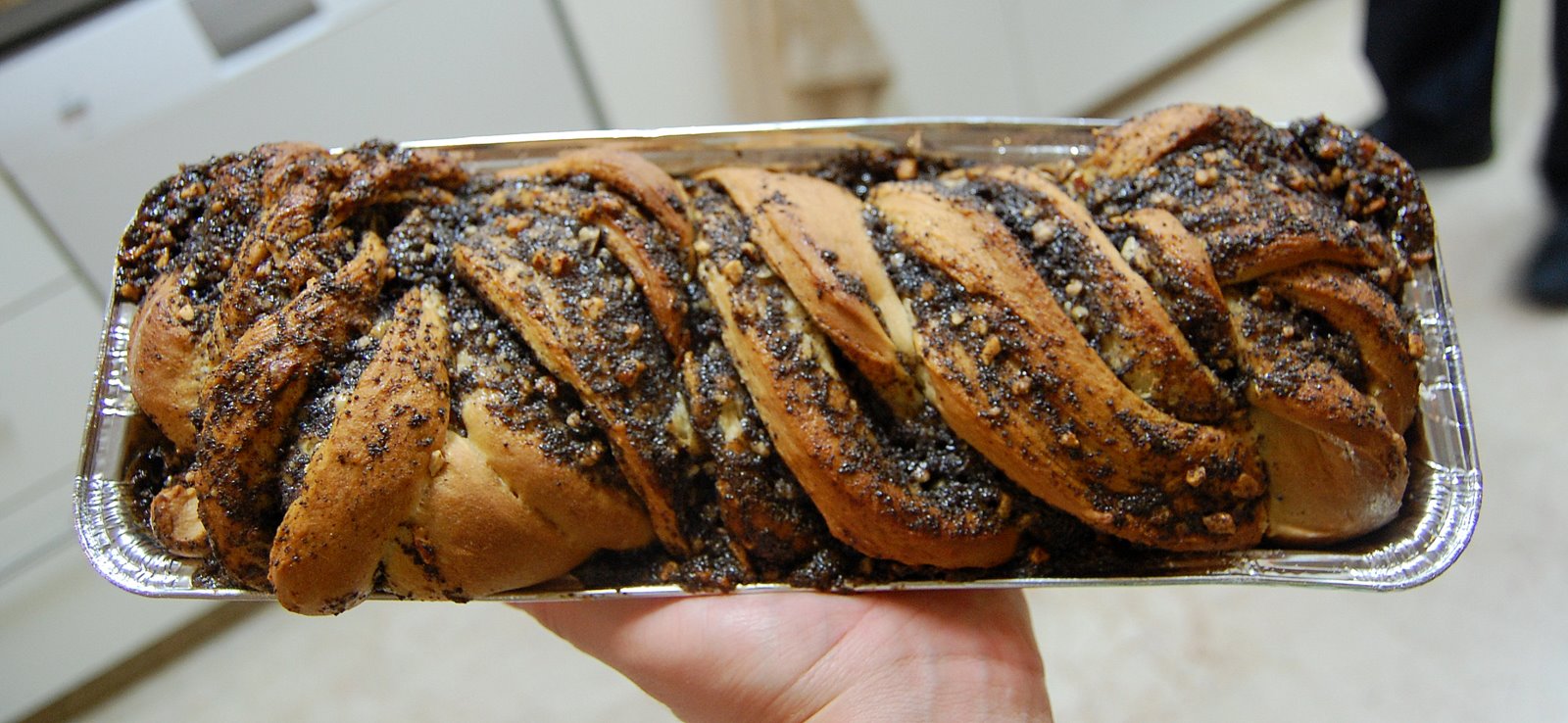Five sweet traditional holiday desserts from Europe to Australia that’ll put a smile on your loved ones’ faces during this year’s festivities.
In cultures that celebrate the holiday season, food is an integral part of their special gatherings. For example, during the Filipino noche buena, one can expect dishes like Christmas ham or lechon on the table. Traditional holiday desserts are, of course, a much-awaited part of the meal with sumptuous treats like puto bumbong, bibingka, and the ever-colorful fruit salad.
Every Filipino family has their own way of celebrating the Christmas season, but for the most part, many are familiar with the sweet local fare. However, other cultures that celebrate the holidays also have their own mouth-watering seasonal desserts.
READ ALSO: A Harmony Of Flavors: Pairing French Tastes With The Filipino Palate
For those looking to include something new in the culinary spreads of their holiday festivities, consider these delectable treats from all over the world:
Panettone
The panettone is a kind of Italian fruitcake that originated from an area within Milan, as per Smithsonian Magazine. This tasty dessert may look simple with its buttery taste, bread-like texture, and mix of nuts and dried fruits, but the standards for making a good panettone aren’t. Smithsonian Magazine added that the Italian agriculture ministry won’t classify the dessert as a panettone unless it contains “no less than 20 percent candied fruit, 16 percent butter, and eggs that are at least four percent yolk.”

Panettones can be made at home, or simply purchased in attractive boxes for a quick Christmas treat. In fact, it’s probably one of the world’s most portable cakes with how well brands have managed to produce and conveniently package them.
Pavlova
The pavlova looks a lot like a holiday dessert, with its wintry-white meringue base and selection of vibrant fruits. Though its name hints at Russian origins, it’s actually the holiday dessert of both Australia and New Zealand.

“Pavlova” actually comes from the last name of beloved Russian ballerina Anna Pavlova, who toured Australia in 1926. It was during this time that a Wellington chef created the dessert in her honor, as per the Daily Mail. According to the BBC, many Australian and New Zealand households bring out the zesty, sweet, and airy cake on Christmas Day to cap off a celebratory meal.
If the dessert looks a little too intimidating to make yourself, no worries. There are actually plenty of bakeries in Manila that offer the melt-in-your-mouth cake, including Pavlova MNL and The Cloudé Concept, among others.
Bûche de Noël
The Bûche de Noël is chocolate cake in the shape of a roll, which usually contains a cream filling. Its overall appearance is also the reason why many refer to it as a “Yule Log.” The sweet dessert usually appears during the holiday season of different European countries, especially when Christmas draws closer. However, the dessert traces its origins back to medieval France.

All around Europe, families would place a Yule Log (usually one taken from a fruit tree) in their homes for a bountiful harvest and goodluck. Eventually, this log would grow smaller and smaller until one day, someone decided to simply create an edible dessert that would symbolize luck and act as a sweet treat, according to Frenchly.
One of the best parts about the Bûche de Noël, besides the fact that it’s tasty, is its fairly simple recipe. Almost anyone can make the dessert at home, as French families have for years—and it still tastes great, even after the Christmas festivities are over. If you’re pressed for time, Diamond Hotel offers their own fresh twist to the dessert, which looks like a charming sleigh.
Turrón de Jijona
It’s true that the Spanish have influenced a lot of Philippine cuisine, but the Turrón de Jijona is not to be confused with the local, caramelized banana snack many Filipinos enjoy. The Turrón de Jijona is a sweet that’s closer to a nougat. As per Culture Trip, though the Spanish people eat it all-year round, it’s a year-end holiday staple.

Like many nougats, the dessert is made from a mix of honey, eggs, sugar, and toasted nuts. Specific ingredients can vary, as these small treats come in different flavors. However, the Turrón de Jijona is generally softer than other turrón varieties like the Turrón de Alicante, Culture Trip adds. A number of stores sell the traditional treat in Manila, which is great news for both nougat fans and those who want a taste of Spanish culture.
Babka
Last in the list is babka, a sweet braided bread that originated from Jewish communities in Europe. Jewish households would create the sumptuous treat by using excess dough from making challah (a more savory version of the babka). They’d then fill and glaze the dough with a sweet syrup to create a dessert, according to The Chocolate Professor. However, the publication adds that Jewish-American influence eventually added chocolate into the mix, transforming the bread into the widely-popular, more modern version that many know today.

Professor Darra Goldstein told The New York Times that other ingredients like rose oil, lemon zest, bitter almonds, cinnamon, cardamom, nutmeg, lemon, bergamot, or rose water could also be included in the traditional babka recipe hailing from Europe. As per The New York Times, Jewish families normally serve babka during Hanukkah, and like many cultural desserts, every person has a version of the bread that’s closest to their hearts.
If you’re not in the mood to make your own babka at home, you can purchase it from bakeries in the metro like The Daily Knead, which serves a chocolate brioche version of the dessert.
Banner photo by Léo Roza via Unsplash.





